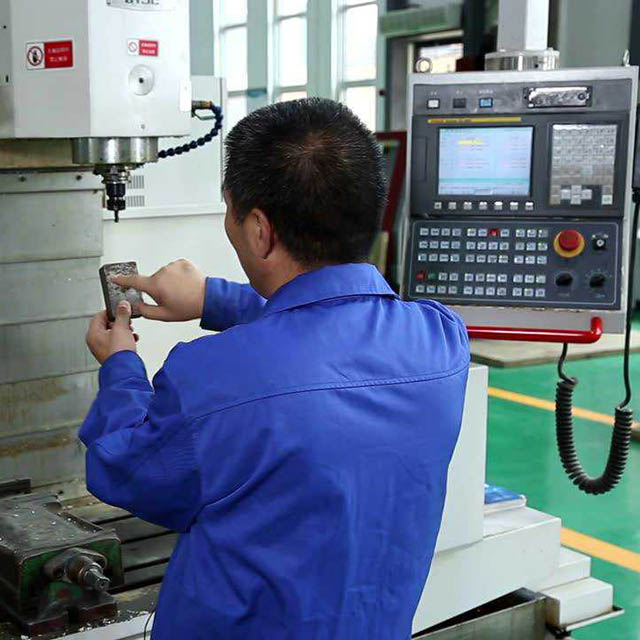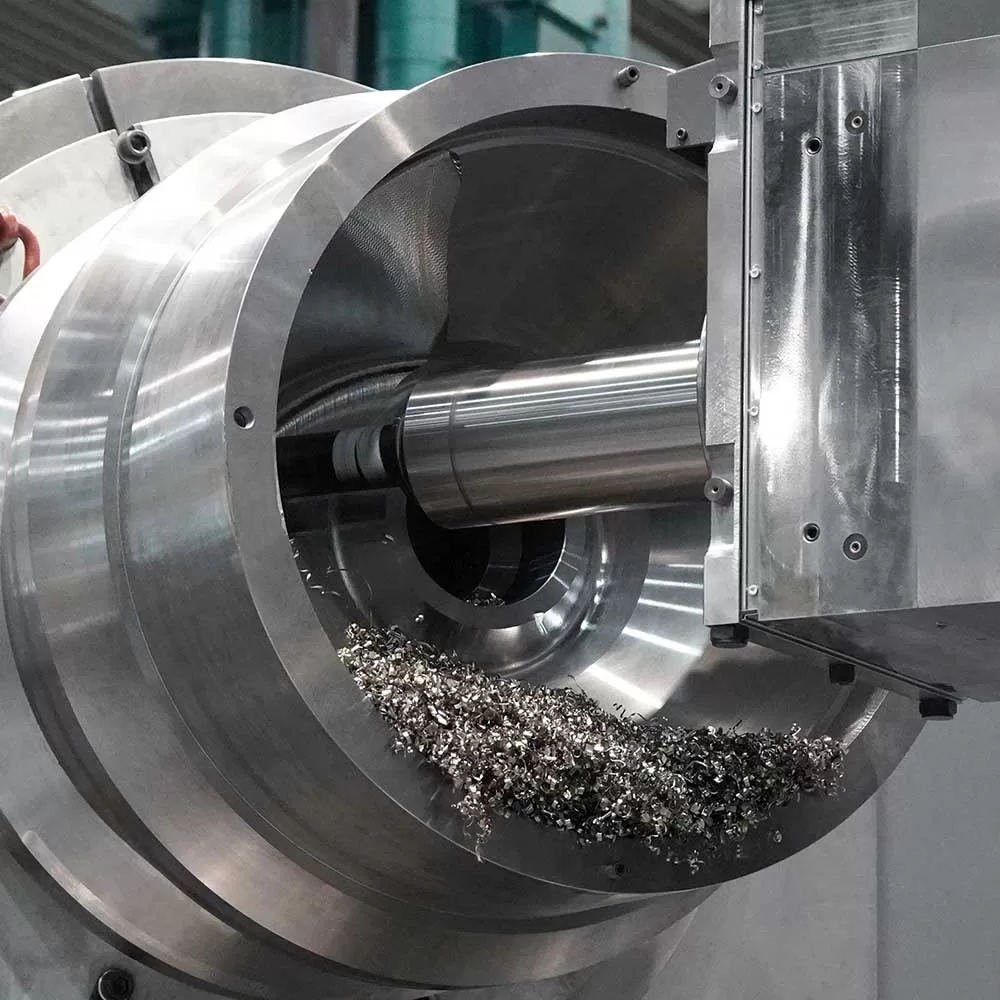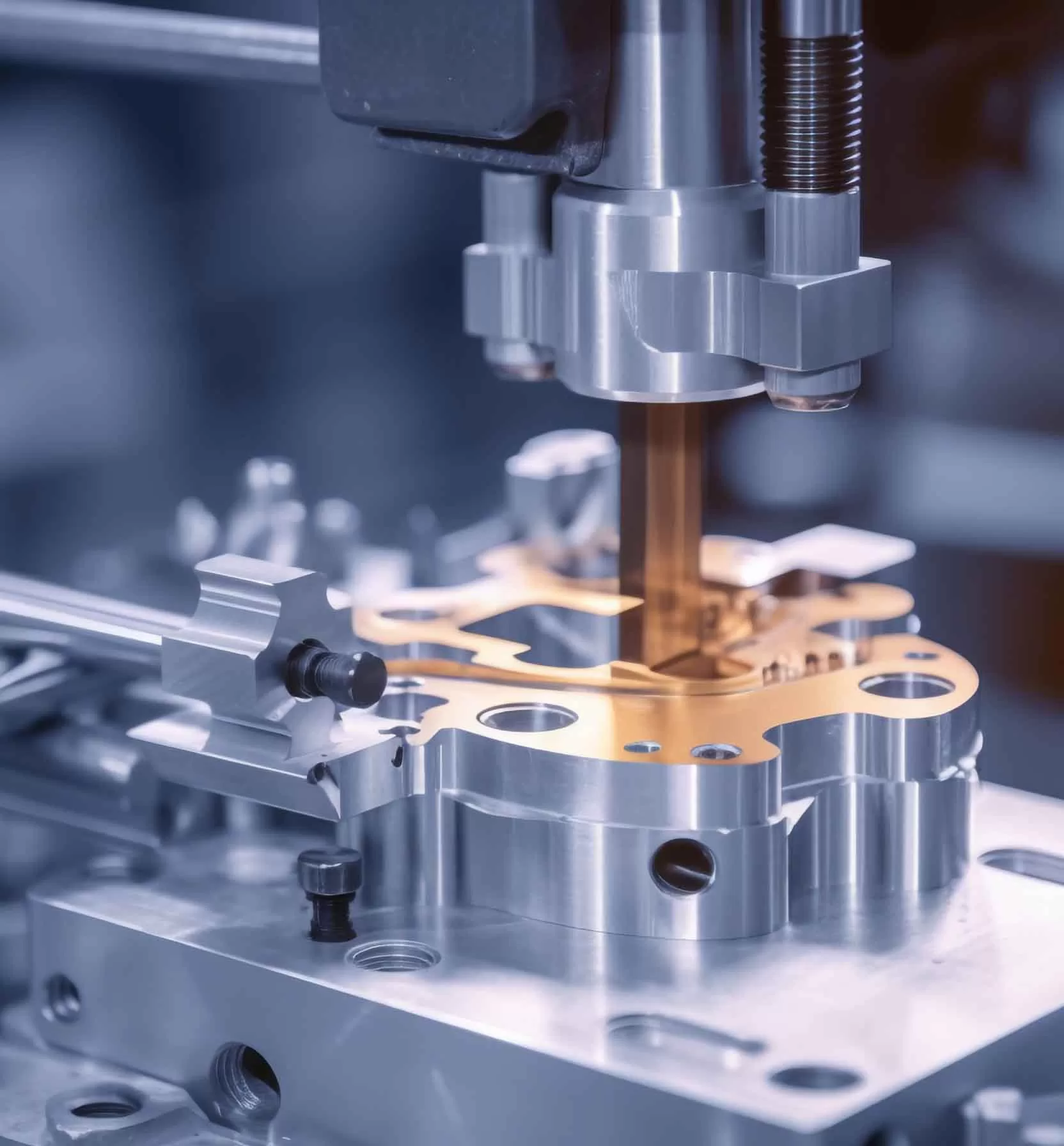Many people want to learn CNC machining technology, especially CNC milling machine related knowledge. So, for a novice, how to learn a milling machine from scratch?

I have been operating Frank’s CNC milling machine for half a year and want to learn to adjust the machine, but the master said that I need to learn programming. The problem is that I don’t understand anything! What is the meaning of GM code, the meaning of macro program, and what is flow statement? I don’t even know where to start when drawing a box?
————- CNC Apprentice
Everyone who wants to learn CNC milling should remember this sentence: “turning, milling, planing, drilling, boring and countersinking, prying, pulling, filing, riveting, and sawing.” Why is CNC turning at the forefront? There is a reason. Our company’s first course in training apprentices includes rotations in management positions. The first lesson is about ordinary lathes. Ordinary lathes are the basis for all machining, including milling, turning, drilling, reaming, boring, tapping, etc., almost all of them are covered. General lathe allows you to understand the cutting characteristics of various materials and allows you to learn to use different props with different materials. Determine the cutting amount, speed and feed according to the material. So I am opposed to doing CNC programming from the beginning. Take a look at other people’s previous programs, and the key is to learn a programming idea. CNC programming is just a language that allows you to talk to the machine tool, don’t complicate it. What really needs to be laid is the principles of machining. If you really want to join the machining industry, don’t put the cart before the horse.
As a person who has been doing CNC machining for 2 years, let me answer this question. Learning milling machines, grinders, and wire cutting is actually the same. The principles of milling machines are similar. The premise is that you can understand vernier calipers and micrometers. It is very simple. There is someone to teach you. I’ll teach you how to do it in 2 minutes. Besides, milling machine, in fact, milling machine mainly has these contents, milling, grooving, drilling, and the others are all evolved from this.
To mill the material, get a piece of rough material and look at the shape first. Mill two irregular surfaces first, using a vise and a knife-edge square. Remember to mill the width first, then the height, and finally the length. This can ensure The milled material is positive and not tilted, because the vise is positive. The prerequisite is that the vise must be calibrated. To calibrate the groove, look at the tolerance range on the drawing. It is usually plus or minus 2 wires to 5 wires, and one wire is 0.01mm. This requires The block gauge is used. The block gauge is a very accurate measuring tool. Because the block gauge is very flat, it can stick together with a little force. The gap is very small. The method is similar to milling. You should pay attention when setting the tool, little by little. Drilling upwards is easier. Just use an edge finder and a center drill to drill directly.
According to the progress of our school, we will first learn tolerances and mechanical drawing, then learn general turning, then learn CNC milling, and program our own programs for surface milling, contour milling, and internal groove milling. At this stage, you can take the intermediate engineering exam. There are drawings online. Then learn NX drawing and machining, and then try to process some more complex parts. Search the Internet for advanced engineering drawings in your city. Once you are familiar with the advanced engineering drawings and there are no problems with the dimensions, you can take the advanced level exam. Work permit, I remember you can get subsidies if you are not in full-time school. If you still want to continue, there are technician drawings on the Internet. At this time, you can also start to learn parametric ladder diagrams. My teacher said that the level of a technician is to give you platform space. If you program the ladder diagram inside a machine tool, you will be a technician. If you still want to go further, I remember that there is a program that can test and debug the accuracy of machine tools, which I know little about. After all, I am also a novice. In short, there are many paths you can take in the CNC industry. You can be an operator, programmer, maintenance person, machine tool salesperson, etc. However, unmanned factories have emerged now, so don’t keep working as an operator, as you will be eliminated sooner or later.


